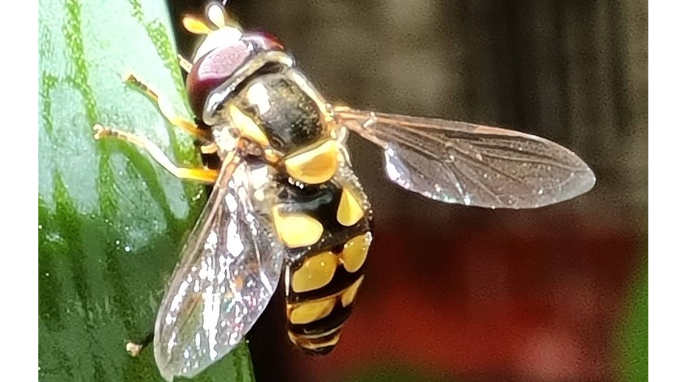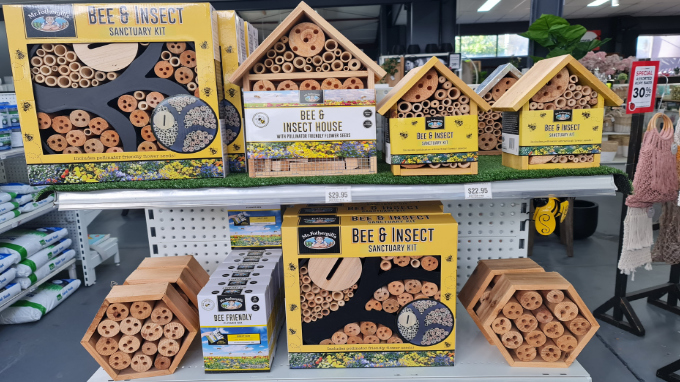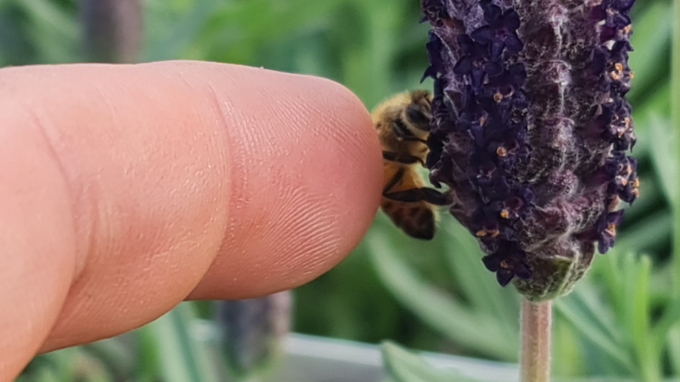
Recently there has been a bit of Buzz about Bees. This integral part of our food chain is at risk from a parasitic mite known as the Varroa mite. Previously this mite has been safely kept out of Australia, but was recently discovered in the Port of Newcastle, north of Sydney. As a result, a quarantine was introduced, and all NSW bees are on ‘lockdown’. This dramatic measure is aimed to protect the rest of the country from the potential loss of up to $70 Billion per year in the agriculture sector.
Bees are a key lifeline that keeps the plant kingdom alive. These prolific pollinators play a pivotal role in the production of the fruits, vegetables, nuts and grains that we all need to survive. Nearly 90% of all plants in nature need help with pollination, and 75% of all commercial food crops fall in the same category. One out of every three spoonfuls of food we eat relies on pollination. Without bees, life as we know it would come to a complete stop.
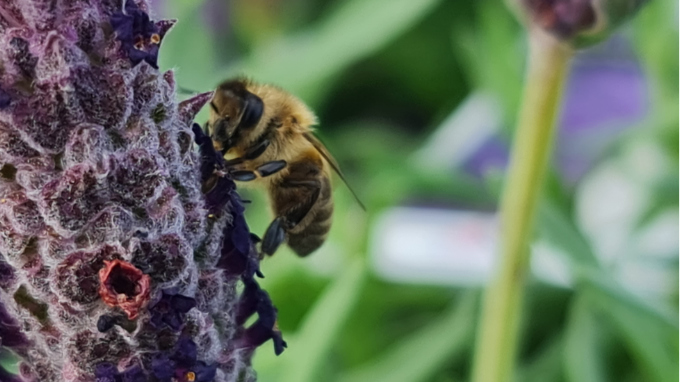
But Bees have gotten a bad wrap. Many people fear their sting, which on the surface is quite understandable. However, you are ten times more likely to die from sunstroke than a bee sting, and thirty times more likely to choke on your dinner.
Bees don’t just offer pollination of our crops, they also provide that sweet nectar of the gods, Honey. In the lifetime of one bee, they create only 1/12 of a teaspoon of honey. This is over a period of up to 4 years. But a colony of bees consists of up to 50,000, so an active hive can create up to a 20-30 kilos of honey during their active periods over spring and summer.
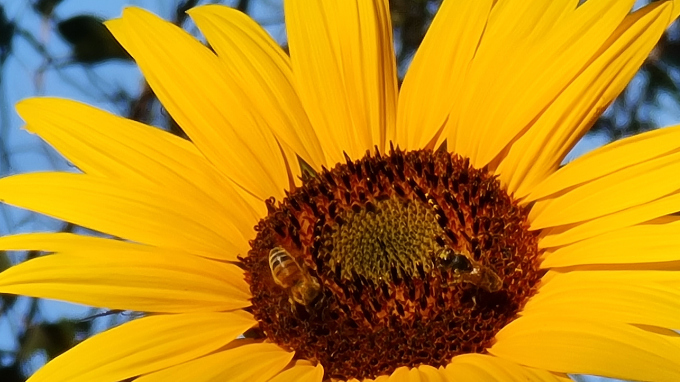
Encouraging bees to your garden, by planting their favourite flowers, not only helps the pollination of your edibles, as well as those of your neighbourhood, but also helps protect one of our most valuable global resources.
There really is very little to fear. Male bees have no sting, only female bees. The males are often the protectors of the hive, and not the workers. The males or drones, which make up only about 15% of the bees in a hive, don’t work at all and are only really present in the hive to mate with the new queen when the colony needs to replace the old one. Female worker bees, distracted by the job of collecting pollen, can in fact be so docile, you are actually able to pat them. Apiarists (Bee Keepers) will often use smoke to distract their bees. The smoke causes an instinctual self preservation in the Bee. Forgetting everything else going on around it, the smell of smoke, means incoming fire. To save the hive, they begin gorging on the honey collected, in hopes of carrying away enough to recolonise somewhere else, out of harm’s way. During this distracted period, the beekeeper is able to extract the honey from the hive, without getting stung.
Plants Bees Love:
Salvia and Lavender are two crowd favourites. Long flowering periods, as well as aromatic flowers and foliage. Purple is an attractive colour to a bee, and they will often seek this flower over others. As a result, plants heavily reliant on bees have evolved to suit this habit.
How to promote Bees in your garden:
A pollinator house, or Bee Hotel, is a great way to create a safe environment for both Honey Bees, as well as native bees and other pollinating insects. You can even make one yourself. Make sure you research the type of bee you want to promote in your garden, as many native bees require very specific diameters when it comes to entrance and exit holes. A variety of sizes is a safe bet to promote as wide a variety of species as possible. Many native bees are a lot smaller and harder to notice than the busy, buzzy, honey bees. The six spotted euryglossine is a bee that is Native to Victoria. It is a solitary bee, who lives on their own, making a nest from mud and clay, often in gaps in between bricks, or sometimes in tree trunks. You can recognise it by the six yellow dots on its abdomen.
